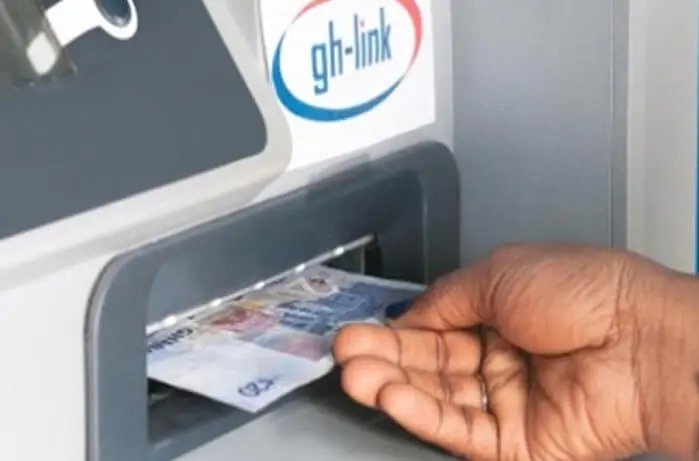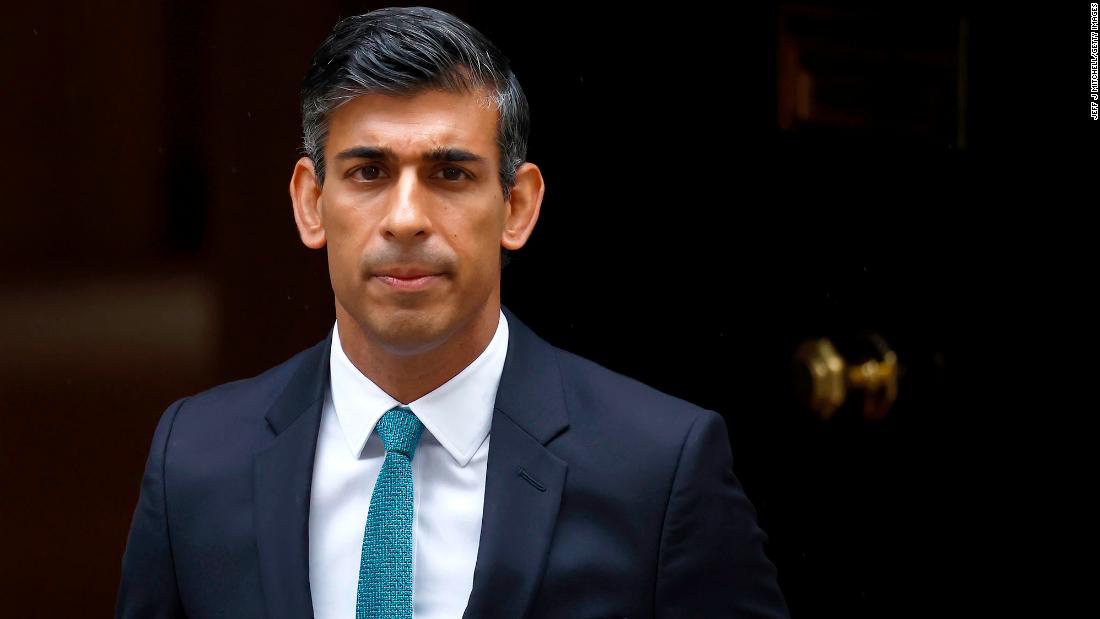E-levy won't affect ATM withdrawals at the bank — Ghanaians told
A member of the E-Levy Technical Committee at the Ghana Revenue Authority (GRA) Isaac Amoako, has said ATM withdrawals do not attract E-levy.

A member of the E-Levy Technical Committee at the Ghana Revenue Authority (GRA) Isaac Amoako, has said ATM withdrawals do not attract E-levy.
Speaking on TV3, he said "If you use checks no E-levy will apply."
Finance minister Ken Ofori-Atta announced that the government introducing an E-levy in the 2022 budget was to "widen the tax net and rope in the informal sector".
The tax has sparked a whole lot of controversy among Ghanaians and is estimated to bring in nearly $7 billion in income for the government of Ghana.
After the Minority in Parliament walked out, the Majority in Parliament authorized the E-levy, claiming that the tax is a tool to intensify the hardship of the impoverished Ghanaians.
The bill was passed at a lower rate of 1.50%.
The Ghana Revenue Authority (GRA) has already indicated that its structures have been updated and are ready to ensure revenue collection.
The government will from May 1, 2022, charge a 1.50% rate on the E-levy that are more than GH¢100 on a daily basis.
Daily transactions of the E-levy will cover the following:
- Transfers of mobile money between accounts with the same electronic money issuer (EMI)
- Mobile money transfers from one EMI account to a recipient on a different EMI
- Transfers between the bank and mobile money accounts
- Transfers between mobile money and bank accounts
- Bank transfers from one person’s bank account to another person’s bank account using a digital platform or application.
The E-levy will not affect
- Transfers of GH¢100 are done by the same person on a daily basis.
- Transfers from one person’s account to another
- Transfers to the Ghana.gov portal for the payment of taxes, fees, and charges
- Cheques are cleared electronically.
- Payments to specific merchants (that is, payments to commercial establishments registered with the GRA for income tax and VAT purposes)
- Transfers between the accounts of the principal, master agent, and agent.















